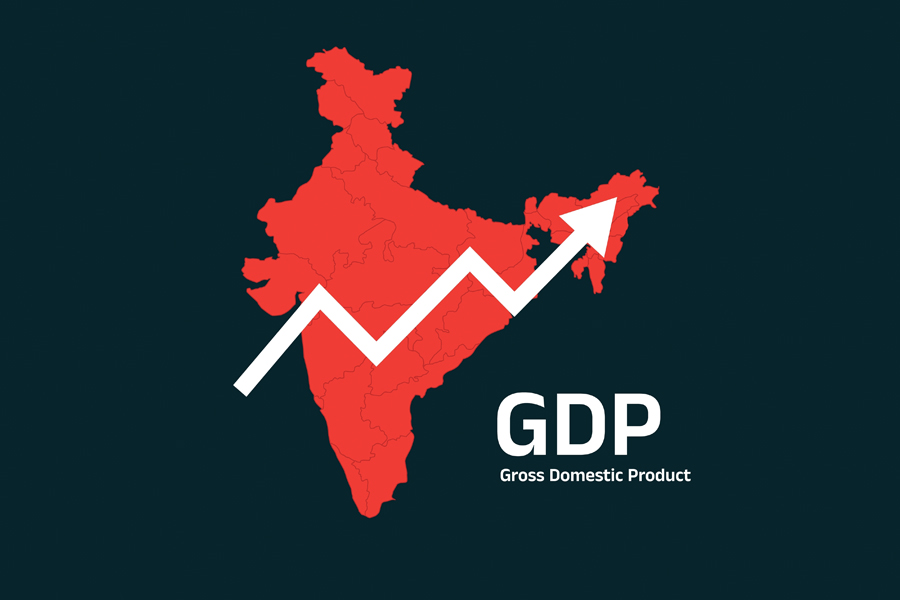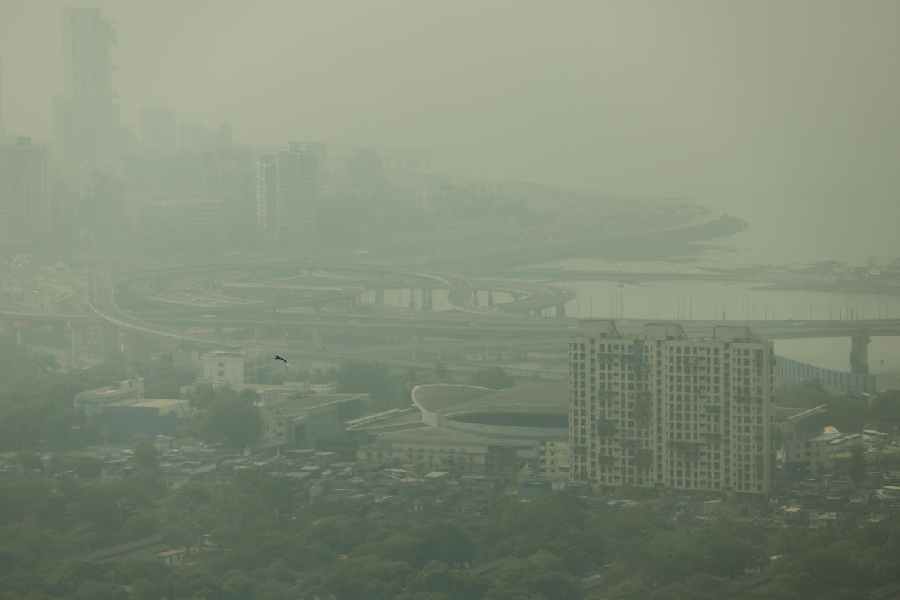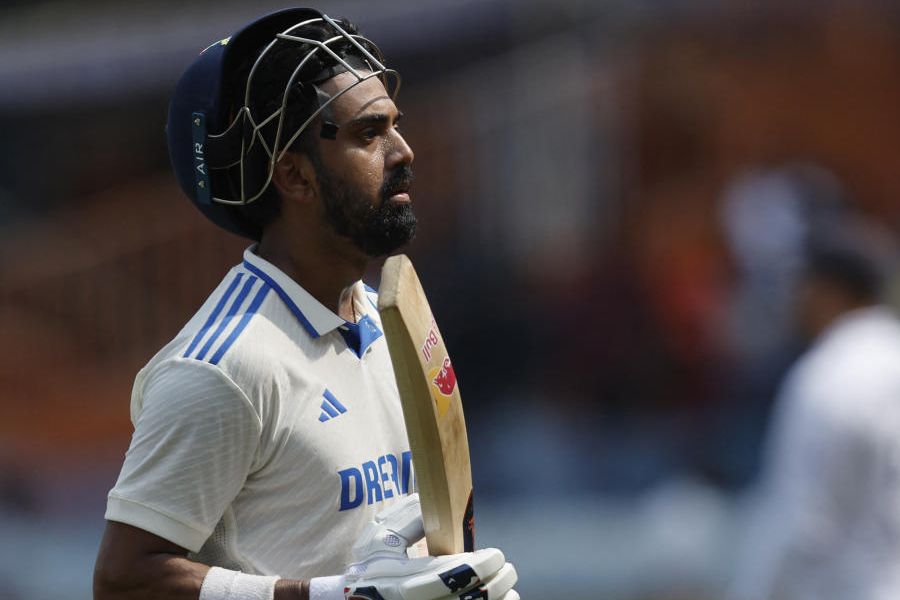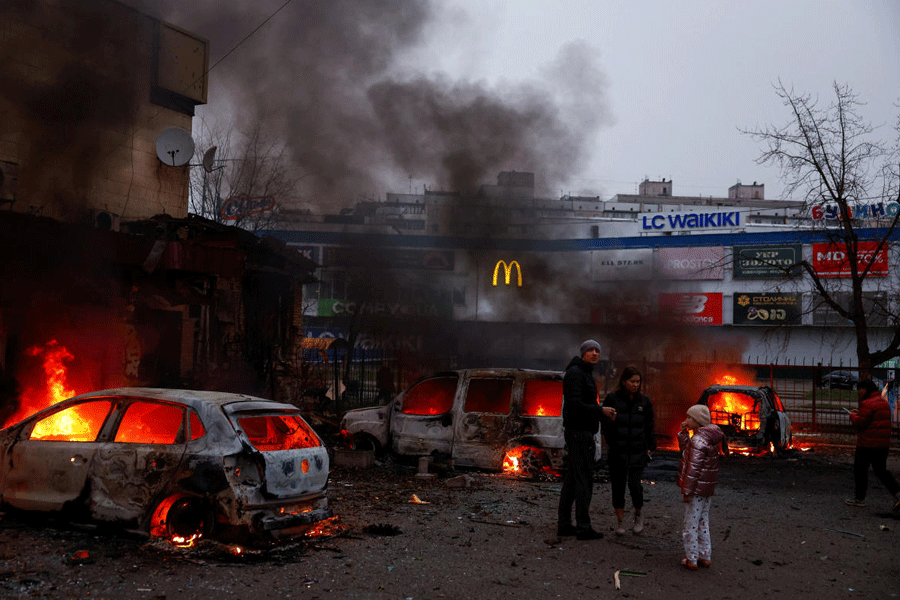Consistency may not always be a good thing. Take, for instance, India’s consistent fall on the World Press Freedom Index brought out by the Paris-based Reporters Without Borders. Although India has been slipping on this index for some years now, this year it has taken its steepest plunge yet, falling eight places to rank 150 among the 180 countries surveyed. The publication of the report coincided with the Indian prime minister — India’s nosedive in press freedom corresponded to Narendra Modi’s ascension to power in 2014, according to the WPFI — refusing to take questions at any news conference on a tour of Europe. A democratically-elected prime minister ducking queries, presumably to avoid searching questions, has its own irony. But evasion is not the only tactic being employed. The WPFI said that Mr Modi’s government has “engineered a spectacular rapprochement between his party... and the big families dominating the media”. A 2019 Media Ownership Monitor study, which analysed 58 leading media outlets with the largest audience shares in India, found that as many as 10 media owners have direct or indirect links with politics; some of them even represent a particular political party. Intense competition, depletion in advertisement revenue — especially from the government — an authoritarian ambience and rising production costs may have muzzled the voices of the handful of media that wish to remain defiant. But it would be unfair to suggest that it is only the State that is complicit in the media’s capitulation. Traditional media have been loath to explore alternative revenue models to pursue independent journalism. There are other kinds of chains that bind Indian media too. A striking finding of the WPFI reveals that “for the most part, only Hindu men from upper castes hold senior positions in journalism or are media executives.” This calls into question the ability of the so-called mainstream media to be truly representative.
The WPFI is not the only red flag against the poor state of press freedoms in India. The American Bar Association has written to the Indian Supreme Court about police behaviour in Kashmir posing a challenge both to the media and the judiciary, citing the booking of Valley journalists under the stringent Public Safety Act after they received bail in various cases. There is a pattern here: after all, the ruling Bharatiya Janata Party’s penchant for penalizing contrarian voices by weaponizing legal instruments is well known. Sedition, a colonial-era law, has been another favoured weapon. Depredations on the media — overt and covert — are rendering the powers that be immune to accountability, leaving the people none the wiser about murky truths. These transgressions do not augur well for the future of Indian democracy











